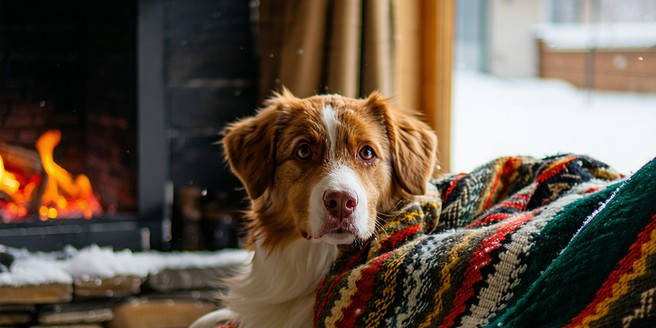
Understanding Your Pet’s Weather Needs
When weather conditions change, our pets feel it too. It’s crucial to understand their specific needs during different climate conditions. Pets with thick fur may not need extra layers during the winter, but could feel uncomfortable in warmer temperatures. Conversely, short-haired pets might require additional warmth in colder seasons. Remember to always have fresh water available, as hydration is important regardless of the weather. Paying attention to your pet’s behavior, such as shivering or excessive panting, can provide clues about their comfort level. Also, consider their breed, age, and health status, as each can affect their temperature tolerance. Implementing preventive measures, like providing appropriate gear for different weather, ensures your pet remains comfortable and healthy.
Choosing Rainy Day Gear for Pets
When rain clouds gather, it’s time to think about protecting your furry friends from the downpour. A little preparation can go a long way in ensuring their comfort. The goal is to keep them dry without compromising comfort. Opt for waterproof jackets with harness holes for easy leash access. Reflective strips can enhance visibility on dreary days. Consider using paw protectors to shield against muddy, wet surfaces that might cause slipping. Lightweight materials ensure that your pet doesn’t overheat. Don’t overlook accessories like umbrellas specifically designed for pets, which can be attached securely to their collars or harnesses. Ensuring that your pet stays dry and comfortable will make rainy outings much more enjoyable.
Gearing Up Pets for Snowy Conditions
Snowy days are full of joy and challenges when it comes to our pets. Ensuring they stay warm in freezing temperatures is paramount. Invest in insulated coats that provide warmth without restricting movement. Look for weather-resistant materials that guard against snow and sleet. Booties are a must to protect paws from frostbite and ice-melting chemicals. Consider checking the fit of the booties to ensure they stay securely on during play. Fleece-lined clothes add an extra layer of comfort and can wick moisture from the fur. It’s also important to opt for items with reflective features to maintain visibility during short winter days. Taking these precautions will allow safe play in the snow.
Protecting Paws in Hot and Humid Weather
Hot pavements and humid days can be harsh on your pet’s paws. Excessive heat can cause burns and discomfort, while humidity can lead to infections. Use paw protection wax to create a barrier against hot surfaces. Light-colored booties can reflect heat and keep paws cool. If you notice your pet frequently licking their paws, it may indicate discomfort from the heat. It’s important to regularly check your pet’s paws for any signs of injury or irritation. Hydration is equally critical; always carry water to prevent dehydration. Avoid walks during peak heat hours to minimize exposure to hot surfaces. Additionally, prioritize shaded paths and routes with plenty of grass. These practices help maintain your pet’s paw health even in sweltering conditions.
Layering Techniques for Chilly Days
Layering isn’t just for humans; pets benefit from it too, especially on chilly days. Start with a base layer made from moisture-wicking material to prevent dampness next to the skin. Add an insulating middle layer like fleece to trap heat. Remember, the comfort and safety of your pet should always come first. For the outer layer, choose a windproof, water-resistant coat. Each layer should be easy to take on and off and not restrict movement. By combining layers, you can adapt to changing temperatures throughout the day. Always monitor your pet for signs of overheating or discomfort, particularly during exercise or play. This technique ensures your pet maintains an ideal body temperature.
